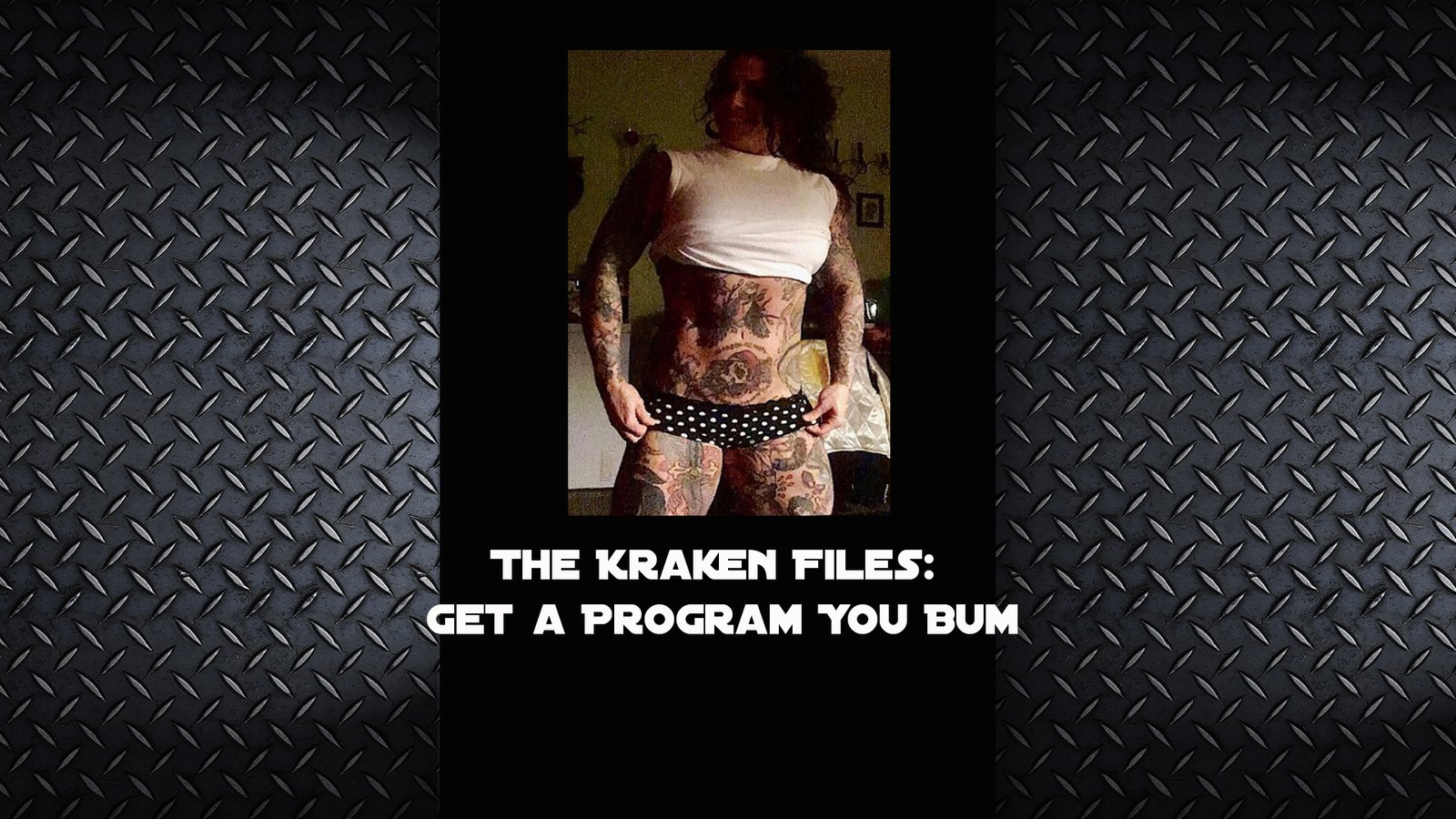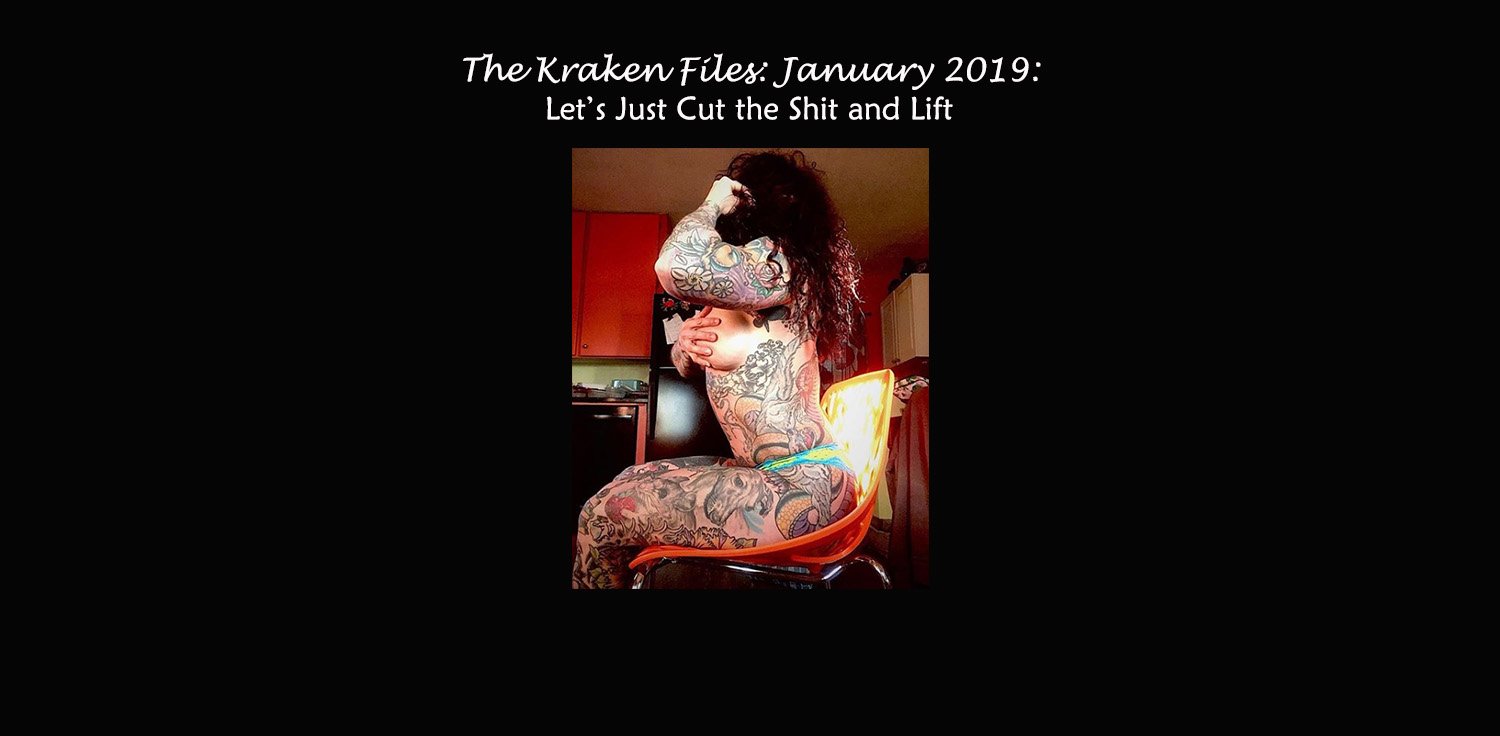Estrogen Dominance: Part 2
About 2 months ago, I had the pleasure of speaking at the TPS Big Seminar 2 and during the Q&A portion, I was asked about signs/symptoms of estrogen dominance. Since this is not my area of expertise, and I could not give a good answer, I turned to my good friend Dr. Brooke Kalanick Larson for the answer. Brooke a naturopathic doctor and is the owner and creator of Better by Dr. Brooke, and she was nice enough to answer this question for me.
However, as most things concerning the body, this answer is not so simple. In part 1 found here, Dr. Brooke will discuss what estrogen dominance is, whether or not it’s always bad, and how exactly it can happen to you. In Part 2 found below, she will give you some information that may help you determine whether or not you have estrogen dominance, and what to do about it.
Do you have Estrogen Dominance?
If your periods are on the heavy side, significant PMS, cramp and or clots with your period as well as breast tenderness, water retention, or fibroids you may have estrogen issues. If you have PCOS, you can have high or low estrogen. If you are on the PILL or HRT (hormone replacement therapy) you are estrogen dominant (although this not as a big a problem for some women). If you struggle to shed fat particularly in the hip and thigh region, you may be estrogen dominant as well (although this is more complicated than just estrogen). And if you are in perimenopause or menopause, you will be at least relatively estrogen dominant.
What to do about it:
Start with minimizing estrogens in the environment by avoiding plastics (or at least not heating your food in them or using very soft water bottles). Consider paraben free cosmetics, shampoos and body care products. Buy hormone free meat and minimize or avoid dairy.
Minimize booze – very estrogenic overall. Read this sobering blog I did awhile back.
While it can seem really daunting to start to tackle all of these higher level hormones, like estrogen, without a degree in biochemistry – focus on the ones you can control: insulin and cortisol. These two are managed by eating within your carb tolerance, getting enough sleep and minimizing stress (including not skipping meals). Most peripheral hormone imbalances will clear up at about 75% by focusing on these two key metabolic hormones – and you don’t need to be an endocrinologist to watch when and what we eat
Consider estrogen detox support such as cruciferous veggies and supplements like DIM (di-indole-methane). Green tea is also excellent at balancing out estrogen metabolism. And ladies, you have to move those bowels daily. Fiber such as psyllium husks, flax seed, etc. can be helpful – as is plenty of water and loads of veggies in the diet. If you err on the side of constipation, consider calcium-d-glucarate as a supplement (which helps scoot more estrogen out the digestive tract).
And don’t panic! Seems as soon as we start thinking about how much estrogen is in our world we wonder how in the heck we’d be able to avoid it all? You can’t. But do consider significant sources like the pill and minimize where you can with diet, cosmetics and plastics; boost your estrogen detox capacity with more green tea and broccoli; and of course, mind your blood sugar and stress. Beyond that, if you suspect you’re still having an estrogen dominance issue work with someone who can do some thorough thyroid and estrogen testing to see where you’re really at. I recommend salivary testing to pick up this type of estrogen issue – blood tests will rule out scary pathology, confirm menopause, etc. but aren’t as helpful with these more subtle, functional issues.
NOTE FROM MOLLY: If you want to know more about female fat loss resistance, particularly for PCOS and Hashimoto’s, tune in Thursdays at 3PM EST on Dr. Brooke’s Facebook for her weekly live Q&A.
Dr Brooke Kalanick is a naturopathic doctor helping women with PCOS and Hashimoto’s look, feel, and be BETTER. To find out more, visit her website
By: Molly Galbraith C.S.C.S.







Leave A Comment